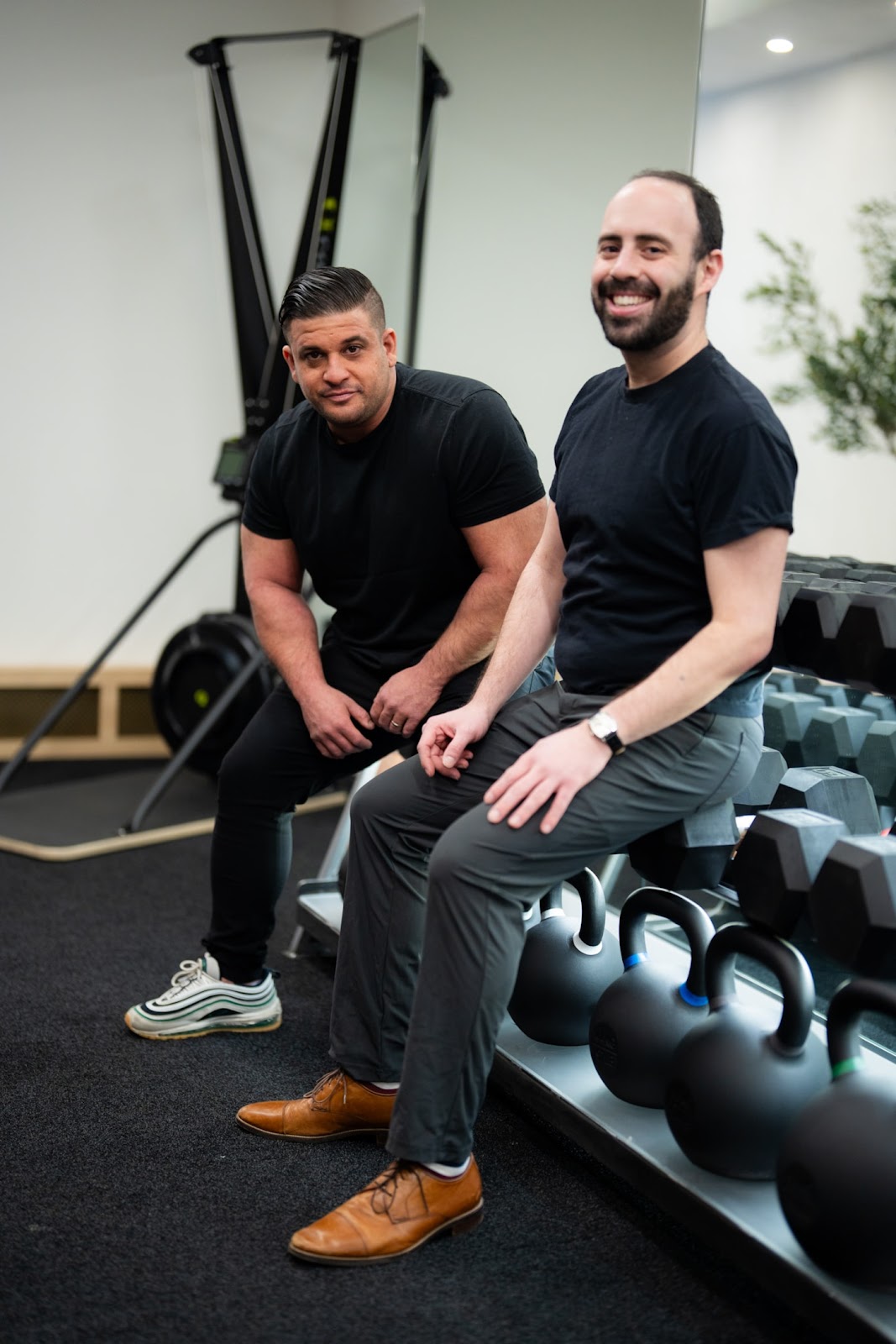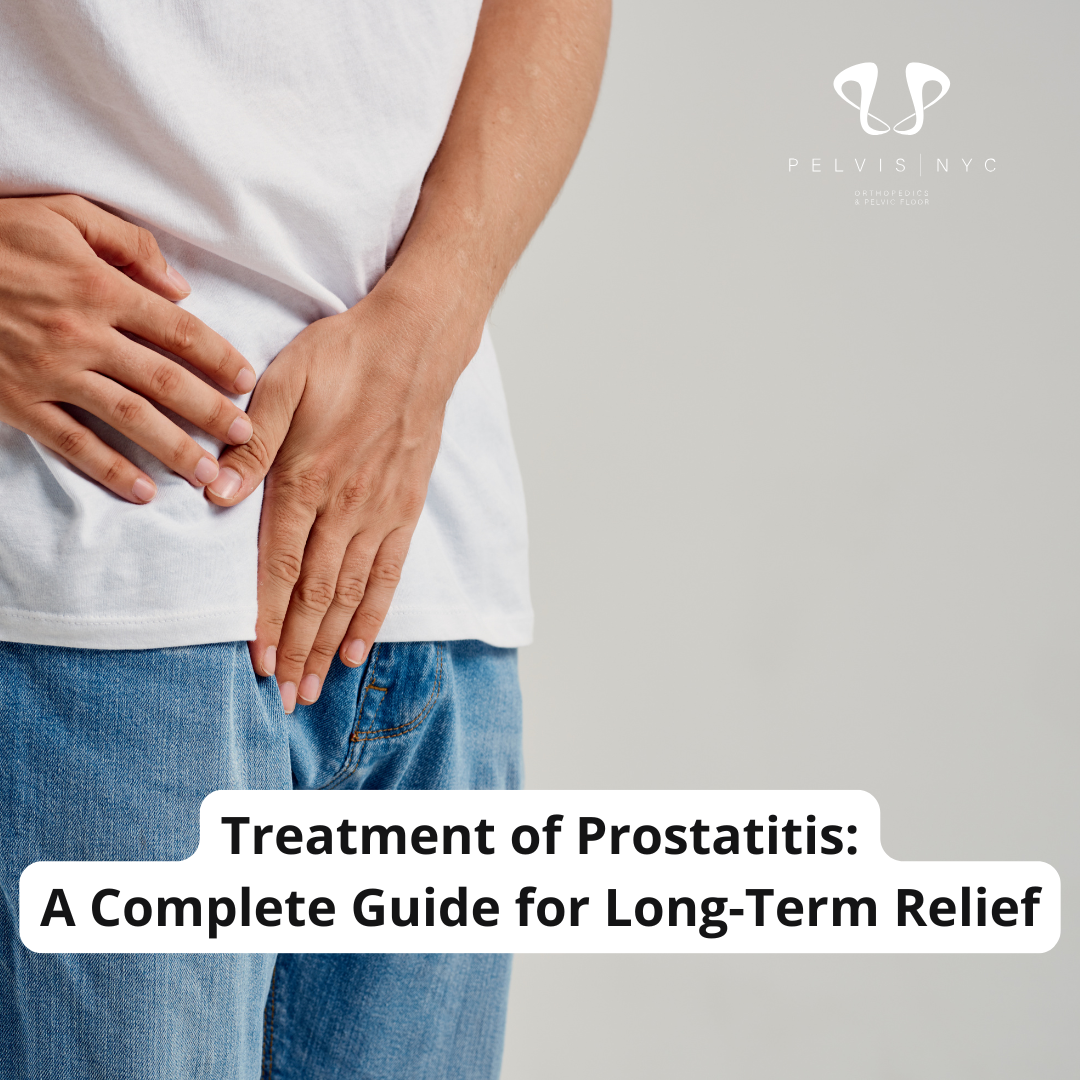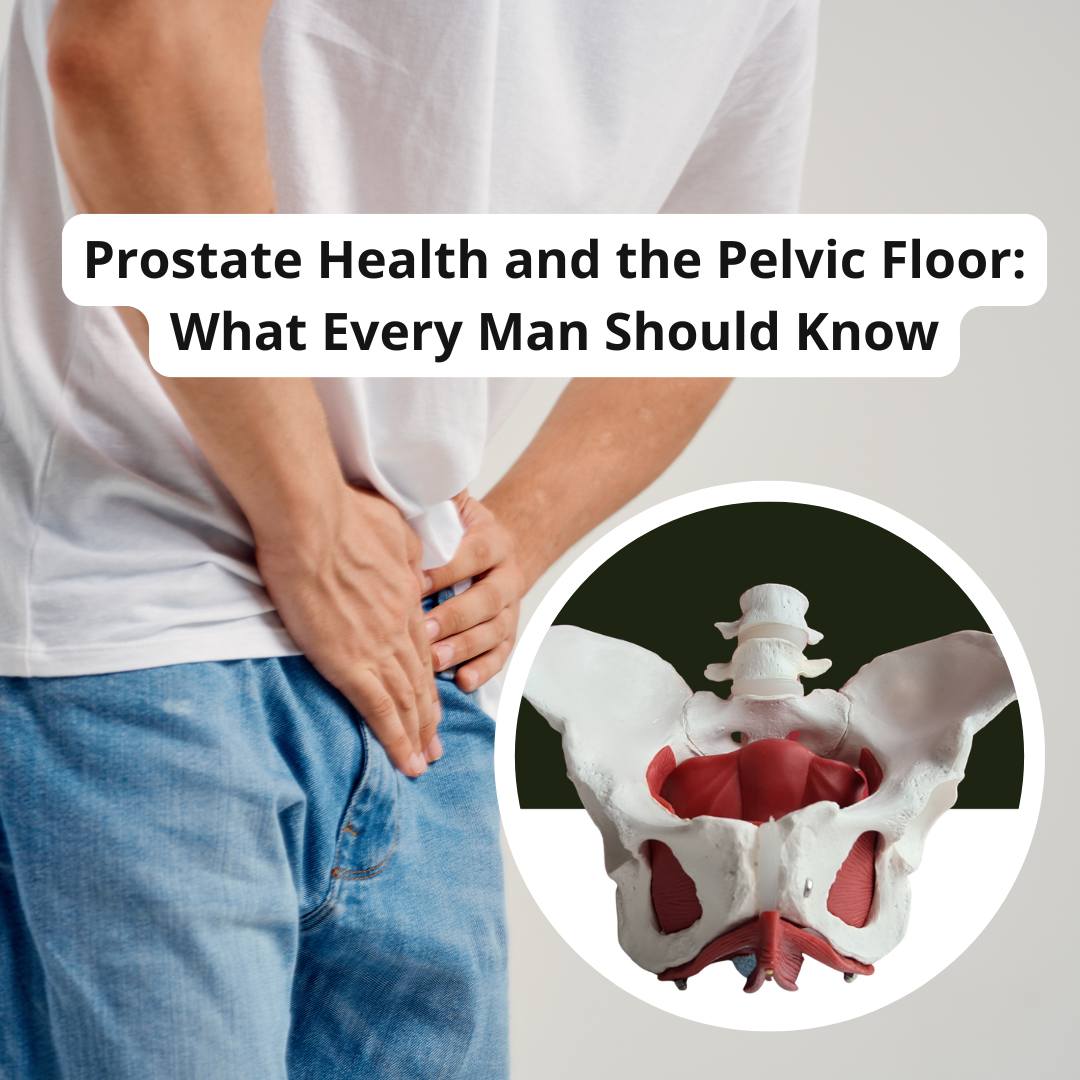If you’re preparing for a prostatectomy or have just had one, you’re probably wondering: “How much pain will I feel—and how long will it last?” That’s a very normal question. A prostatectomy, often used to treat prostate cancer, is a common surgery that can be life-saving. But like any major operation, it comes with its own recovery process.
The good news is this: while prostatectomy pain is part of healing, most men find it gets better more quickly than they expect. Let’s walk through what recovery usually looks like, what side effects are common, and how tools like physical therapy can help you get back on your feet.
Why Prostate Surgery Happens
Doctors most often perform prostate surgery to treat prostate cancer. The procedure removes the prostate gland, and when caught early, it can be very effective. Certain risk factors, such as underlying health conditions like diabetes or autoimmune diseases, may influence the decision to proceed with surgery or additional treatments. In some cases, doctors may also add treatments like hormone therapy or radiation to ensure they address all cancer cells. If there are remaining cancer cells or complications after surgery, further treatment such as radiotherapy or hormone therapy may be necessary to achieve complete eradication of the disease.
While surgery is an important step in treatment, it can also bring short-term challenges such as pain, urinary leakage, and changes in sexual function.
Types of Prostate Surgery
- Prostatectomy as a Surgical Procedure – Prostatectomy is a surgical procedure to remove the prostate gland, and there are several possible approaches, each with its own advantages and considerations.
- Open Radical Prostatectomy – This traditional approach involves a single larger incision in the lower abdomen to access and remove the prostate. Open radical prostatectomy is often compared to minimally invasive techniques, with differences in recovery time, pain, and potential complications.
- Radical Retropubic Prostatectomy – A type of open surgery performed through an incision in the lower abdomen, allowing direct access to the prostate. This surgical procedure is commonly used and enables the surgeon to remove nearby lymph nodes if necessary.
- Laparoscopic Surgery – Laparoscopic surgery is a minimally invasive technique that uses small incisions, a laparoscope (a thin tube with a camera), and specialized instruments to perform procedures such as prostatectomy.
- Laparoscopic Radical Prostatectomy – This minimally invasive approach uses laparoscopic surgery to remove the prostate. Laparoscopic radical prostatectomy is less invasive than open surgery and is often compared to robotic radical prostatectomy.
- Robotic Radical Prostatectomy – A form of minimally invasive surgery where the surgeon uses robotic assistance to perform the procedure with enhanced precision. Robotic radical prostatectomy may offer benefits such as reduced blood loss, less pain, and faster recovery compared to traditional methods.
- Laparoscopic/Robotic Prostatectomy – A minimally invasive approach with small abdominal incisions. Usually comes with less lower abdominal pain and a quicker recovery.
- Radical Perineal Prostatectomy – Done through an incision between the scrotum and anus. Effective in some cases but can cause more localized discomfort.
What Pain Feels Like
Most men describe prostatectomy pain as:
- A sore or pulling feeling in the lower abdomen
- Discomfort when sitting, moving, or standing
- Irritation or bladder spasms while the urinary catheter is in place or when it’s removed, often due to the presence of the catheter itself
- Some trouble with bowel movements in the first week or two
After surgery, the urinary catheter acts as a urine drain, carrying urine from the bladder while the area heals.
Post-Operative Care
After prostate cancer surgery, such as a radical prostatectomy, following a thorough post-operative care plan is crucial for a safe and effective recovery. Your care team will provide specific instructions tailored to your needs, but there are some general guidelines that most patients should keep in mind.
First, take care of your surgical incisions by keeping the area clean and dry. Watch for signs of infection, such as redness, swelling, or unusual discharge, and let your doctor know if you notice anything concerning. Avoid soaking in baths or swimming pools until your healthcare provider says it’s safe.
Activity restrictions are common after surgery. While gentle movement, like short walks, helps prevent blood clots and supports healing, you should avoid heavy lifting, strenuous exercise, or sudden movements for several weeks. Listen to your body and gradually increase your activity level as you feel stronger.
Managing pain is another important part of post-operative care. Take pain medications as prescribed, and don’t hesitate to reach out to your care team if you experience severe pain or discomfort that isn’t improving. Staying ahead of pain can help you move more comfortably and recover faster.
Regular follow-up appointments are essential after prostate cancer treatment. Your doctor will monitor your progress, check your PSA blood test results, and watch for any signs of complications or remaining cancer cells. These visits are also a good time to discuss any concerns about urinary control, sexual function, or emotional well-being.
Finally, don’t underestimate the value of support—whether from family, friends, or professional counselors. Recovering from prostate cancer surgery is a journey, and having a strong support system can make a big difference in your overall well-being.
By following your post-operative care plan and staying in close contact with your healthcare team, you’ll give yourself the best chance for a smooth recovery and a return to normal life.
The First Few Weeks of Recovery
Recovery looks different for everyone, but common experiences in the first few weeks after surgery include:
- Urinary leakage, especially when coughing or sneezing
- Fatigue and a slower pace than usual
- Mild abdominal swelling or tenderness
- Some discomfort when going to the bathroom
During this time, a catheter is placed to help the bladder heal, and it is connected to a drainage system that includes a leg bag for daytime use and a night bag for overnight urine collection. The leg bag is worn discreetly under clothing and should be emptied regularly, while the night bag is larger and designed for use while sleeping. Proper care of both bags is important to prevent infection and ensure effective drainage.
The catheter is usually removed within 1–2 weeks. When the catheter is removed, you may feel a brief sensation, and it is common to experience some urine leakage or frequent urination as your bladder and pelvic muscles adjust. The process of having the catheter removed is straightforward, and your care team will provide instructions for post-removal care.
Frequent urination is also common in the initial weeks after surgery as the bladder’s capacity and control improve. Temporary weight gain may occur due to fluid shifts after surgery, but this usually resolves within about a week. Gentle activity—like short walks—is important to keep blood moving and prevent blood clots (DVT).
Catheter Removal and Urinary Leakage
When the catheter comes out, it’s common to have difficulty controlling urine flow. This happens because your pelvic floor muscles need time to regain strength. The sphincter muscles, especially the external sphincter, play a crucial role in maintaining urinary control, and strengthening these muscles is important for preventing leakage.
Urinary incontinence is a common complication after catheter removal, which can affect physical comfort, emotional well-being, and social activities. Your care team may suggest pelvic floor exercises (like Kegels), supportive underwear, or absorbent pads for peace of mind. Recovery is gradual, but with consistency, most men see big improvements over time.
How Physical Therapy Helps Prostatectomy Pain
One of the most powerful tools for recovery is pelvic floor physical therapy. After surgery, the muscles supporting your bladder and pelvic region—including those around the pubic bone, a key anatomical landmark—may be weak, leading to pain and leakage.
A pelvic floor therapist can guide you through targeted exercises that:
- Strengthen bladder-control muscles
- Reduce leakage when coughing or lifting
- Easelower abdominal soreness
- Support healthy bowel movements
- Help restore sexual function by improving blood flow and nerve response (note: removal of the seminal vesicles during surgery can affect ejaculation and orgasm sensations)
Think of it as rehab for your pelvic region. Just like athletes train to recover after injury, you can retrain your body to heal more comfortably.
👉 For expert care, Pelvis NYC offers specialized pelvic health therapy for men, helping patients manage pain, regain bladder control, and return to normal life with confidence.

Bowel Movements and Bathroom Issues
Having a regular bowel movement is an important part of recovery after surgery and can help prevent complications such as constipation or diarrhea. Constipation and discomfort with bowel movements are common after surgery, especially with pain medication. Staying hydrated, eating fiber-rich foods, and using stool softeners (if your doctor recommends them) can make things easier.
Potential Complications
Most recoveries go smoothly, but possible complications include:
- Blood clots such as deep vein thrombosis (DVT) if mobility is limited; prevention includes early movement, compression stockings, and medication to reduce the increased risk of clots.
- Urinary tract infection is a common concern while the urinary tract heals, especially with catheter use, and there is an increased risk of infection after surgery. If symptoms arise, a urine culture may be performed to diagnose the infection and guide treatment.
- Lymph fluid buildup causing swelling, which can occur after removal of lymph nodes or a lymph node during surgery, sometimes leading to fluid pooling in the patient’s abdomen.
In severe cases, complications like infection or fluid buildup in the patient’s abdomen may require specialized intervention.
Follow your doctor’s instructions closely, take medications as prescribed, and contact your provider if you notice unusual pain, infection signs, or trouble with erections.
Sometimes, radiation may also be recommended after surgery to lower the risk of cancer returning. Radiation induced complications, such as cystitis or tissue changes, can also occur and may require specific management.
Returning to Sexual Activity
Intimacy is a major concern for many men after prostate surgery. Nerve damage during the procedure can affect erections, making them weaker at first. Recovery can take months, but many men improve with medications, devices, or therapies designed to support sexual function. However, certain medications may not be suitable for men with a history of heart disease, so patients should discuss these options with their doctor. Patience and open communication with your partner and doctor are key.
Long-Term Pain and Support
While most men feel significantly better after a few weeks, some experience ongoing prostatectomy pain from scar tissue or nerve irritation. If that happens, your doctor can recommend treatments to help. In severe cases, further treatment such as additional therapies or interventions may be necessary to manage persistent pain or complications.
Regular follow-up care is also essential. Expect PSA blood tests and routine check-ins to monitor recovery. If urinary leakage, erectile dysfunction, or emotional stress continue, support through physical therapy or counseling can make a big difference.
Final Thoughts on Prostatectomy Pain: Healing Takes Time
Recovering from prostate surgery is as much about patience as it is about physical healing. There will be ups and downs, but with time, most men regain control, reduce pain, and return to the activities that matter most.
👉 Here’s the bottom line:
- Prostatectomy pain is normal but usually improves quickly.
- The first few weeks are the toughest.
- Physical therapy speeds recovery and helps with leakage and intimacy.
- With the right care, most men return to normal life—including sexual activity.







